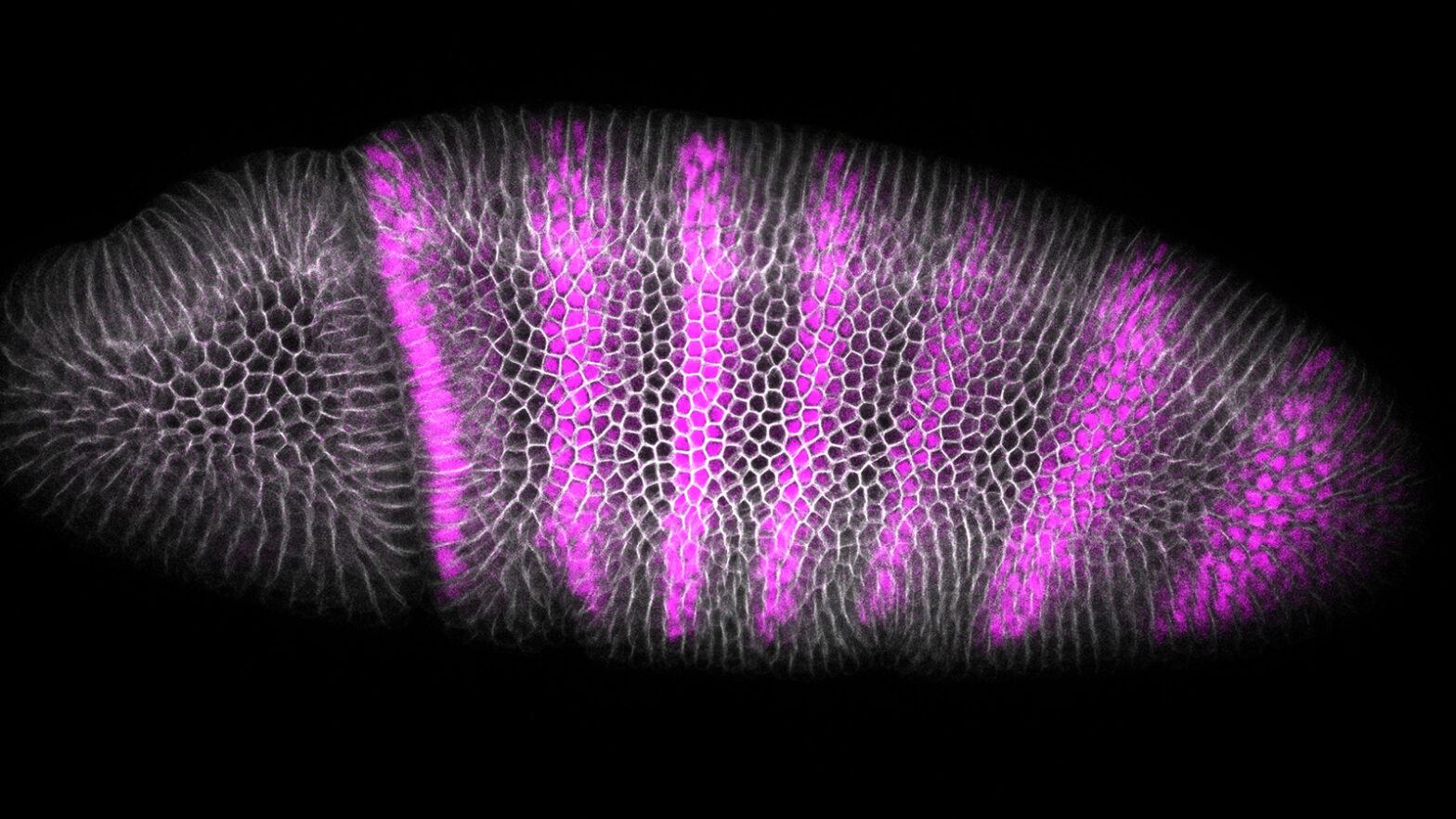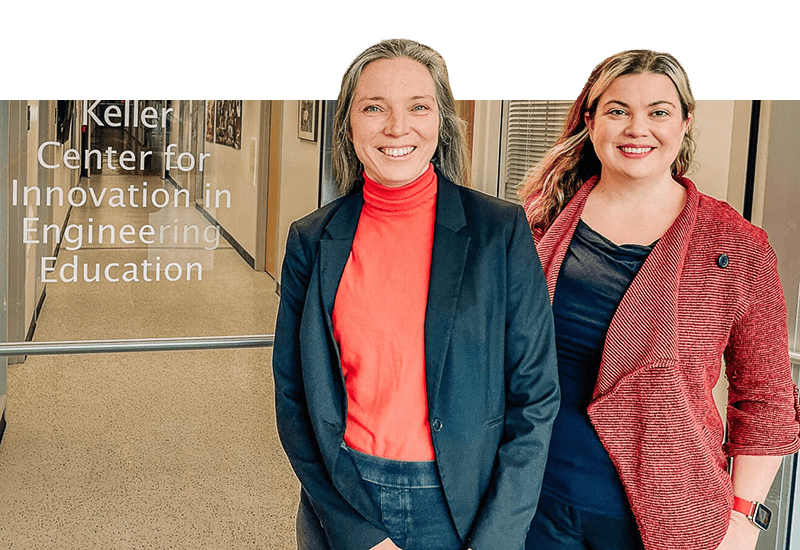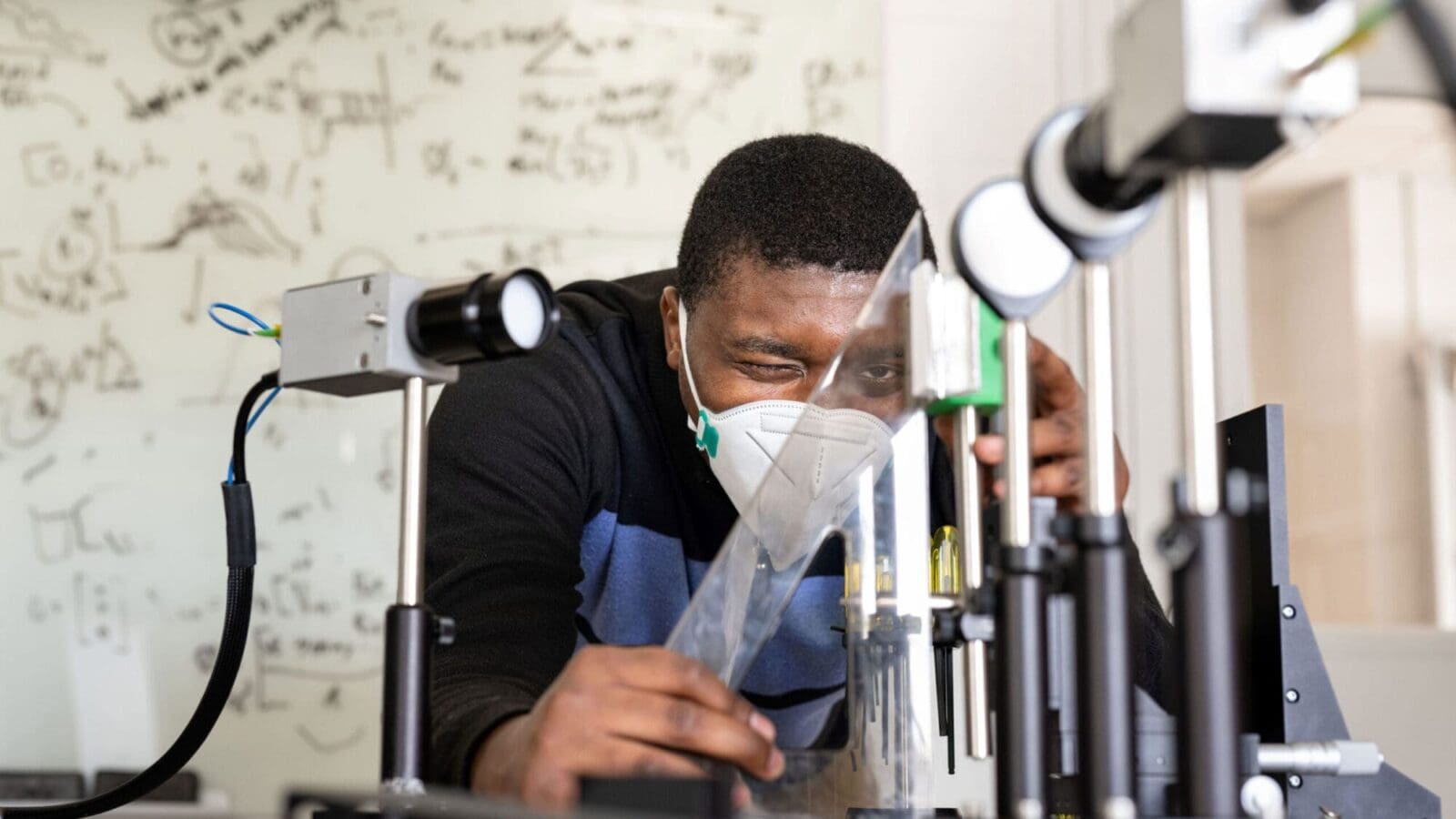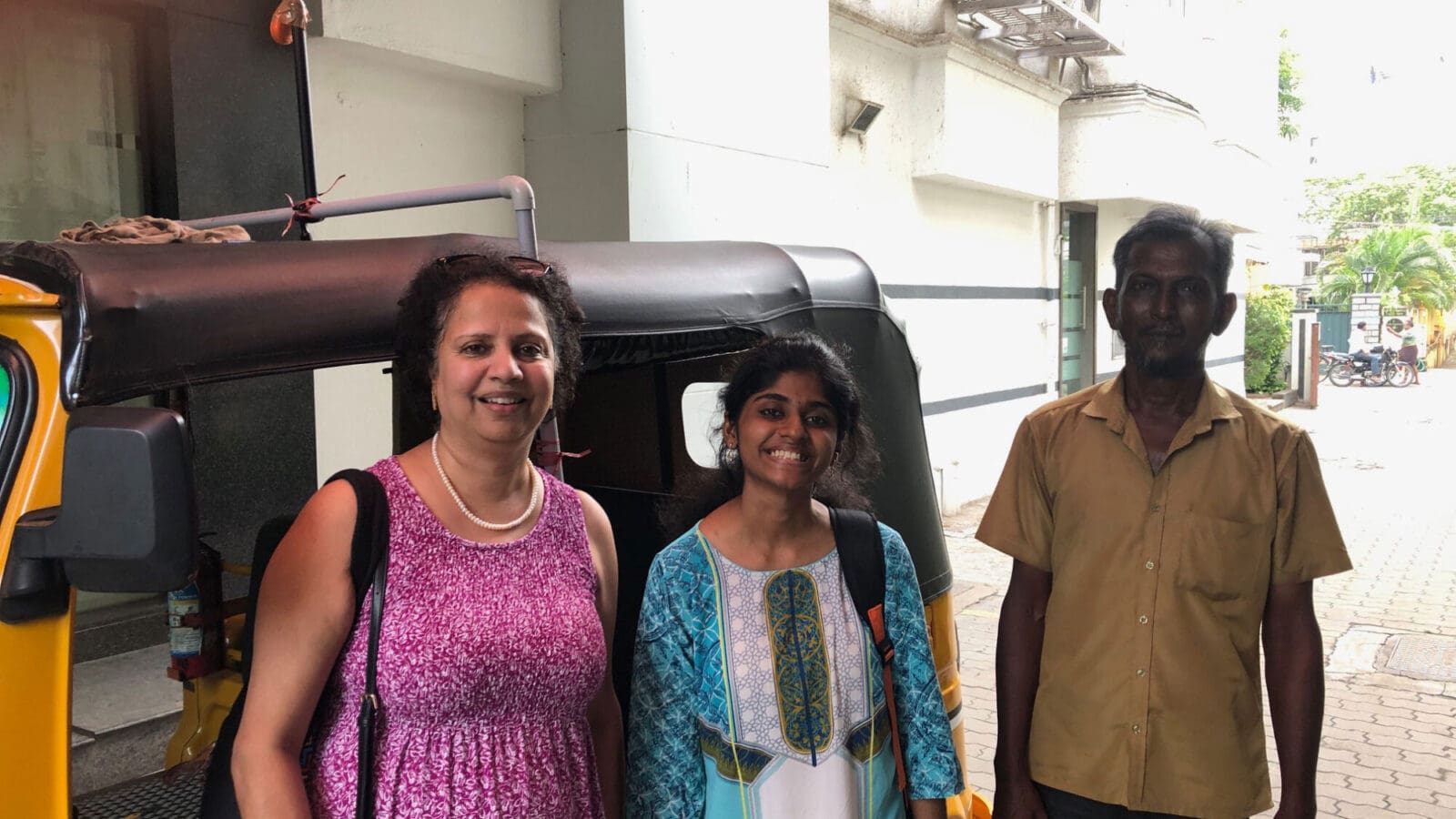But building a complete, dynamic model of development requires total control over the chemical, physical, and biological processes that govern life’s first unfolding.
“Development is reproducible and precise,” said Shvartsman, a professor of chemical and biological engineering and the Lewis-Sigler Institute for Integrative Genomics. “It’s a program. We try to understand the differential contributions of physical laws and genomic instructions.”
To gain insight into how this program works, from the molecule to the organism, Shvartsman’s lab combines genetic, biochemical, and imaging experiments with biophysical computer simulations. The team often devises clever ways to break developmental processes and measure the outcomes, teasing out cause and effect.
A recent study used light and specially sensitized zebrafish embryos to understand how proteins carry information from the outside to the inside of a cell. In a normally developing embryo, chemical signals travel along tightly regulated pathways into and out of the nucleus. By flooding the embryo with light, the researchers manipulated these pathways to be overactive, which allowed them to trace inputs and outputs over time. The links they discovered between proteins and tissue dynamics illuminated processes connected to, for example, congenital heart defects and learning disabilities.
Typical of the Shvartsman lab, this work turned a biological process around to reveal deep truths about how life forms and functions.
“I had the insight to use what’s already there in nature – a property of a mutation in an enzyme – to engineer a new approach to study biology,” said graduate student Aleena Patel, who led the study.
Another project, led by then-graduate student Jasmin Imran Alsous (now a postdoctoral researcher at MIT), looked at developing fruit fly eggs from a mechanical point of view – a 3-D object packed with smaller 3-D objects. How does complexity emerge in those first few steps of life? The researchers turned to a branch of mathematics called graph theory and found that some packing configurations were more likely, and beneficial, than others. When the favorable configurations were disrupted, the embryos stopped developing – a finding that revealed profound connections between geometry and developmental dynamics.
Through 3.5 billion years of evolution, nature’s program has become a marvel of efficiency. While Shvartsman would like nothing more than to decode it from start to finish, he also stands in awe of its power. “Development is magical,” he said. “Whether fly or human.”








